Automated workflows in metal-organic frameworks design
-
Date:
July 11
- Speaker:
-
Time:
12:10 - 12:30
-
Abstract
Mariana Kozlowska
Karlsruhe Institute of Technology (KIT)
Properties of materials are highly dependent on the chemical composition of components, their electronic structure and molecular arrangement in the nanostructure. The controlled arrangement of molecules in a material can be modulated using metal-organic framework (MOF) approach, resulting, for example, in photon induced semiconducting properties originated from different microscopic charge transfer processes [1-3]. Fabrication of materials comprising optimized assemblies and functional chromophore molecules enables efficient tailoring of materials properties. However, the verification of molecular structure – materials morphology and dynamics – device property relationships experimentally is cumbersome. In addition, a number of properties and their change in time are of a multiscale character that have to be considered to tackle the proper materials responses.
Based on decade-long method development, virtual design strategies become ever more important and such design with multiscale methods profit from the availability of automated tools. Such tools enable screening of huge libraries of organic molecules in in silico models of three-dimensional nanoscale assemblies as the prerequisite to predict their functionality. In my talk, I will demonstrate the application of automated workflow tools developed for MOFs to design MOF materials with the simultaneous prediction of their semiconducting properties from quantum mechanics and molecular mechanics.
[1] R. Haldar et al., Chem. Sci. 12. (2021) 12780.
[2] X. Liu et al., Angew. Chem. Int. Ed. 58. (2019) 9590.
[3] S. Garg et al., Angew. Chem. Int. Ed. 58. (2019) 1193.
[4] M. Mostaghimi et al., Front. Mater. 9. (2022) 840644.

